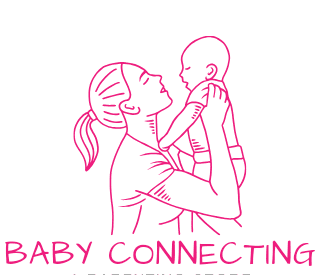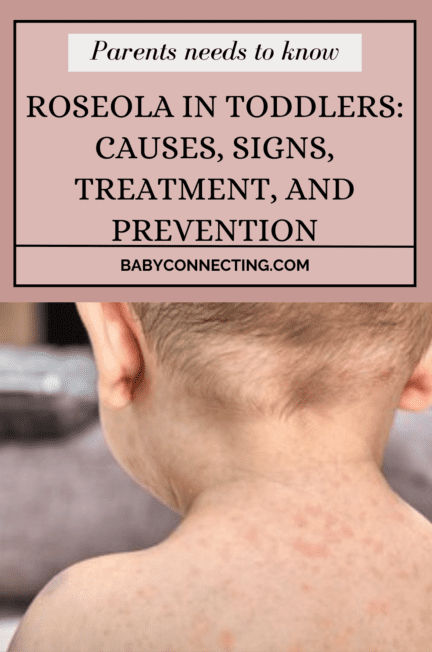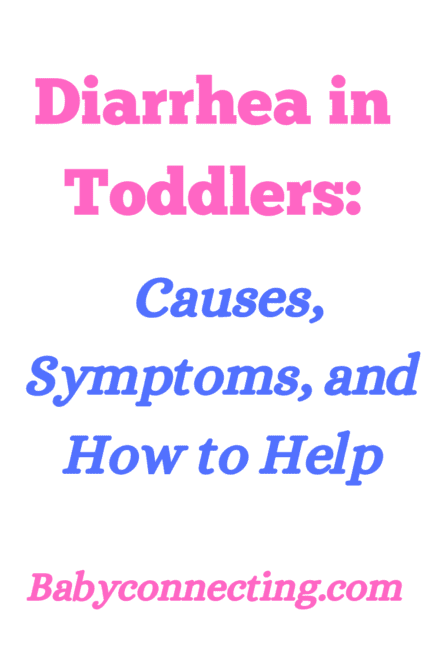“Understanding Rashes After Fever in Toddlers: Causes and Effective Management Strategies”
Introduction:
When toddlers experience a fever, it’s not uncommon for parents to notice the appearance of rashes afterward. While this can be worrying, understanding the reasons behind rashes after fever in toddlers and knowing how to manage them can provide much-needed reassurance. In this article, we’ll delve into the potential causes of rashes following a fever in toddlers and offer practical tips on how to effectively manage them. Drawing from research references, we aim to equip parents with the knowledge they need to navigate this common occurrence with confidence.
Causes of Rashes After Fever in Toddlers:
1. Viral Infections:
Fever-induced rashes in toddlers can often be attributed to viral infections like roseola, measles, or chickenpox. These rashes typically emerge after the fever breaks and may coincide with other symptoms indicative of the specific viral illness.
2. Bacterial Infections:
Certain bacterial infections, such as scarlet fever or bacterial meningitis, may also manifest with a fever and subsequent rashes in toddlers. The appearance and characteristics of these rashes can vary depending on the underlying bacterial infection.
3. Drug Reactions:
Allergic reactions or drug rashes can occur in toddlers as a response to certain medications, particularly antibiotics or anticonvulsants. Sensitivities or allergies to specific medications may trigger these reactions, leading to the development of rashes post-fever.
4. Immune System Response:
The body’s immune response to fever or infection can sometimes result in rash formation as the body combats the underlying illness. These rashes are typically harmless and tend to dissipate once the fever subsides.
5. Heat Rash:
Increased sweating during a fever can predispose toddlers to heat rash or prickly heat. These rashes, characterized by small red bumps or blisters, typically occur in areas of the skin subject to friction or covered by clothing.
Tips to Manage Rashes After Fever in Toddlers:
1. Monitor Symptoms Closely:
Keep a vigilant eye on your toddler’s symptoms, including the appearance of the rash, any persistent fever, alterations in behavior, or other signs indicative of illness. Promptly seek guidance from your pediatrician if concerning symptoms arise.
2. Ensure Comfortable Conditions:
Optimize your toddler’s comfort by dressing them in lightweight, breathable clothing and avoiding excessive layering, particularly if they’re experiencing a fever. Maintaining a cool, comfortable environment can help alleviate discomfort associated with both fever and rash.
3. Promote Hydration:
Encourage your toddler to stay hydrated by offering ample fluids such as water, clear soups, or electrolyte solutions. Adequate hydration supports the immune system and aids in the recovery process.
4. Utilize Gentle Skincare Products:
If the rash causes itching or irritation, opt for gentle skincare products devoid of fragrances or irritants to soothe the skin. Refrain from using harsh soaps or perfumed formulations that may exacerbate the rash.
5. Apply Cool Compresses:
Employ cool compresses or damp cloths to affected areas to mitigate inflammation and provide relief from discomfort associated with fever-induced rashes. Avoid direct application of ice, as it may aggravate the skin.
6. Administer Medications Responsibly:
Follow your pediatrician’s recommendations diligently regarding the administration of medications to alleviate fever or manage accompanying symptoms. Adhere to prescribed dosages and refrain from administering over-the-counter medications without professional consultation.
7. Seek Medical Attention if Necessary:
In instances of severe rash manifestation accompanied by symptoms such as breathing difficulties, facial or throat swelling, or other alarming indicators, promptly seek medical assistance. These signs may denote a severe allergic reaction or underlying medical condition warranting immediate attention.
Research References:
1. Goldstein, B. (2011). Rash in Fever. Pediatrics in Review, 32(2), 66-67.
2. Mackowiak, P. A., LeMaistre, C. F., & Rotenberg, K. (1978). Fever, Hyperthermia, and the Skin. Archives of Internal Medicine, 138(4), 552-561.
3. Mayeaux, E. J., Jr. (2009). Fever in Infants and Children: Pathophysiology and Management. American Family Physician, 80(7), 717-724.
Conclusion:
Understanding the etiology of rashes following fever in toddlers equips parents with the knowledge necessary to navigate this common occurrence effectively. By implementing practical management strategies and closely monitoring symptoms, parents can alleviate discomfort and provide optimal care for their toddlers during this period. Should concerns arise, seeking guidance from a pediatrician ensures appropriate assessment and intervention, promoting the well-being and comfort of the toddler.




